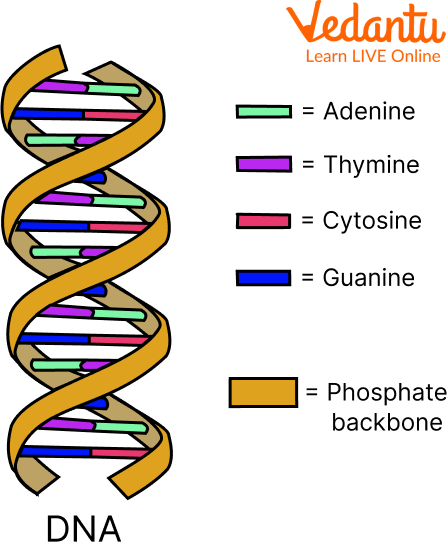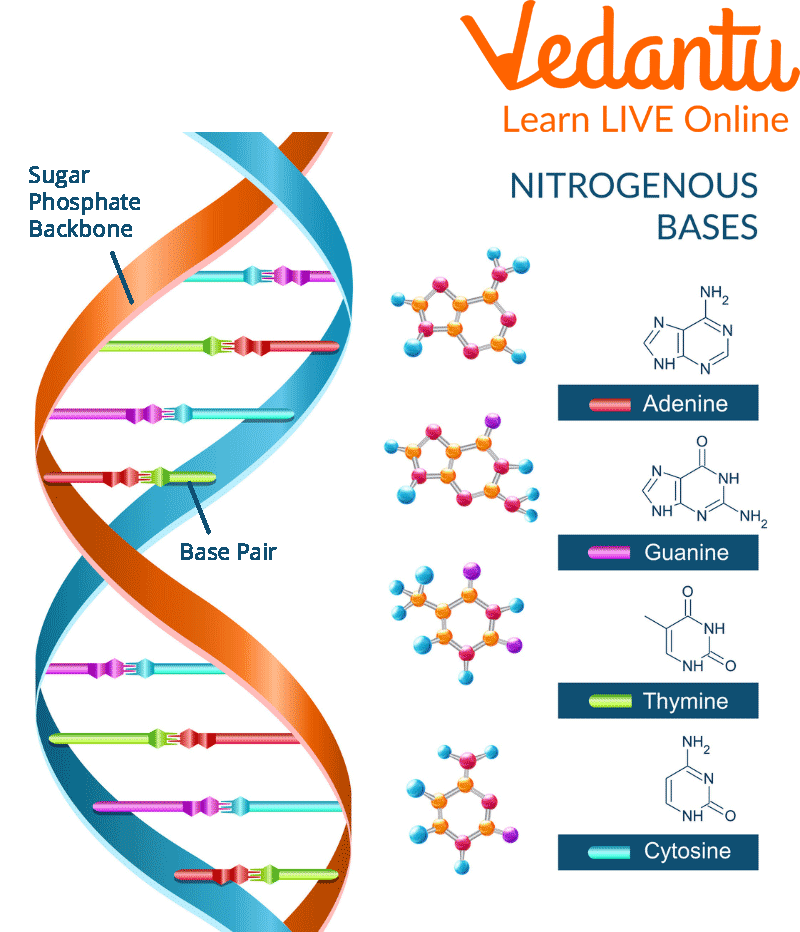




Overview of DNA
What makes DNA so crucial or so important to get knowledge about? Simply said, DNA holds the instructions required for life. For most other organisms, in addition to humans, DNA is an essential chemical. Our genes and genetic material, which give us our individuality, are both found in our DNA. Our DNA contains instructions on how to build the proteins necessary for our growth, development, and general health. Discover more about what is DNA?, its functions, DNA structure facts, and much more by reading this article till the end.
What is DNA?
Humans and nearly all other species carry genetic information in DNA, also known as deoxyribonucleic acid. An individual's DNA can be found in almost all of their cells. The majority of DNA is found in the cell nucleus (where it is known as nuclear DNA), but there is also a tiny quantity of DNA in the mitochondria (where it is called mitochondrial DNA ). Cellular organelles called mitochondria transform the food energy into a state that cells can utilise.

DNA
DNA Structure
DNA bases link up to form units referred to as base pairs, A, which stands for Adenine with T which stands for Thymine and C which is Cytosine with G which denotes Guanine. Adenine and Thymine form 2 hydrogen bonds, whereas Cytosine forms 3 hydrogen bonds with Guanine. A sugar and phosphate molecule are also joined to each base. A nucleotide is made up of a base, a sugar, and a phosphate. The double helix is a spiral formed by two long strands of nucleotides. The base pairs serve as the ladder's rungs, while the sugar and phosphate molecules serve as the ladder's vertical side rails in the double helix shape.

Structure of the DNA
Discovery of DNA
James Watson and Francis Crick's discovery of the double helix, or the twisted-ladder structure of deoxyribonucleic acid (DNA), in 1953. It helps in understanding how gene function takes place inside cells. Thus it helped in understanding the genetic code and protein production.

Double Helix Structure of DNA
Functions of DNA
DNA consists of genetic information that contains all of the hereditary information. Genes are short pieces of DNA that typically have between 250 and 2 million base pairs.
A gene codes for a polypeptide molecule in which a sequence of three nitrogenous bases represents each amino acid.
Since every creature has a large number of genes in its DNA, various kinds of proteins can be created.
The primary structural and functional molecules in the majority of organisms are proteins.
It also helps in the analysis of DNA fingerprinting.
Interesting Facts of DNA
We looked at all the basic information about the history and structure of DNA, let us now glance at a few interesting facts about human DNA.
A single chromosome can contain about 50 million to 250 million base pairs!
DNA analysis can help understand the genetic disease pattern and provide appropriate treatment.
No other human has the same genetic code as you! Unless you have an identical twin. Identical twins have the same DNA makeup as they are developed from the same fertilised zygote.
Although no two humans (except identical twins) on the face of the earth have the same genetic makeup, 9% of our DNA is the same as other humans.
Forensic DNA testing to determine the Questioned blood sample and the suspect's blood sample look at specific 13 segments.
In 2001, scientists made a map of all the genes that make a person - this complete DNA sequence is known as the human genome. About 99.9% of the DNA of every person on the planet is the same - it’s the 0.1% that makes us unique.
Summary
In this article about DNA, the genetic material, we have learnt about DNA, its function and much more. The DNA's linear nucleotide sequence contains genetic information. A hydrogen bond between the G-C and A-T base pairs holds the complementary strands of nucleotides that make up each DNA molecule's double helix. An organism's future protein synthesis will be governed by the genetic information encoded in its DNA. DNA is located in the cell nucleus of eukaryotes. We hope you enjoyed reading this article. In case of any other doubts, feel free to ask in the comments.
FAQs on DNA Structure Facts
1. Is there any colour in DNA?
DNA is colourless. Even though it occasionally appears yellowish due to contaminants in samples, scientists nevertheless describe it as translucent.
2. Who are your closest genetic relatives?
The closest surviving relatives of humans are chimpanzees and bonobos. Human DNA is 70% -90% match to chimpanzees' DNA. These three species share numerous physical characteristics as well as behavioural tendencies. However, scientists must compare their DNA, a crucial molecule that serves as each species' construction handbook, to determine how closely they are related.
3. How much is the length of DNA?
Human DNA measures around 1.8 metres (5 feet) in length, or 0.0000000006 metres, as a human nucleotide's typical length is 0.6 nanometers.









